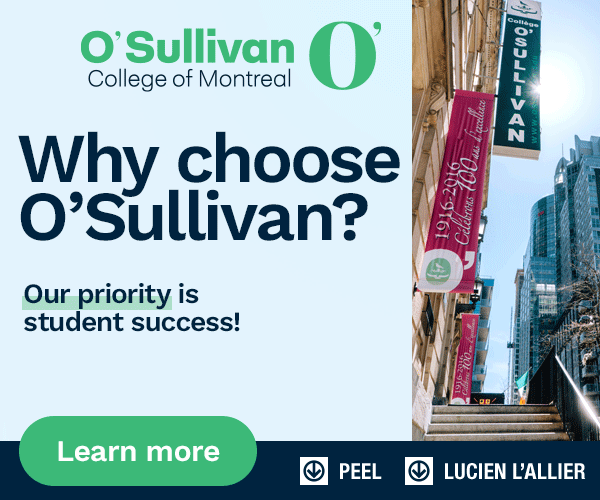Only 12 teams have been selected for the next stage of the competition where they will produce a five-minute video explaining how their solution would create a more sustainable, inclusive and healthier world using technology. The teams will enter into the second phase of judging on April 11 as they compete to become national finalists.
Each of the regional finalists have received $2,500 in technology to support and enhance STEM learning. In the next phase, students will have the opportunity to win $5,000 to purchase technology.
I-STEM is an innovative, regional program for secondary students in Halton and beyond. Students in this four-year program develop innovation skills related to engineering design and design thinking, entrepreneurial thinking skills and global competencies. Students learn to be prepared for technological change and disruption, globalization and shifting demographics.
Quotes
"I-STEM has been more than just a program, it has been a life changing experience," says Hassan Rasheed and Karam Noori, Grade 11 students at Elsie MacGill SS. "The emphasis on leadership and innovation has pushed us to constantly learn, improve and reach for excellence, both inside and outside the classroom. I-STEM has helped us keep our dream alive and has prepared us with the skills and confidence necessary to solve real-world challenges, such as the ones put forward by the Samsung Solve for Tomorrow competition."
"I think that the I-STEM program has definitely helped just in the way that it's structured and how it kind of prepares you in the real world, and how to do this kind of challenge," says Veera Kalsi, Grade 10 student at T.A. Blakelock HS. "When I came in and I got to work with so many different people and community partners over the years, I've been able to solve so many different issues on completely different scales. I think that the I-STEM program has helped me learn more about myself."
"Through I-STEM, I had the opportunity to not only explore global challenges but also develop the skills to analyze them in a meaningful way," says Keerthana Srinivasan, Grade 12 student at Aldershot School. "Using tools like the Design Thinking Process, causal models, and gap analyses, I've been able to deconstruct complex issues like faults in photovoltaic farms and satellites by identifying their root causes and uncovering gaps in existing solutions."
Learn more about the I-STEM student experience in this Spotlight on Schools story.
Background Resources













